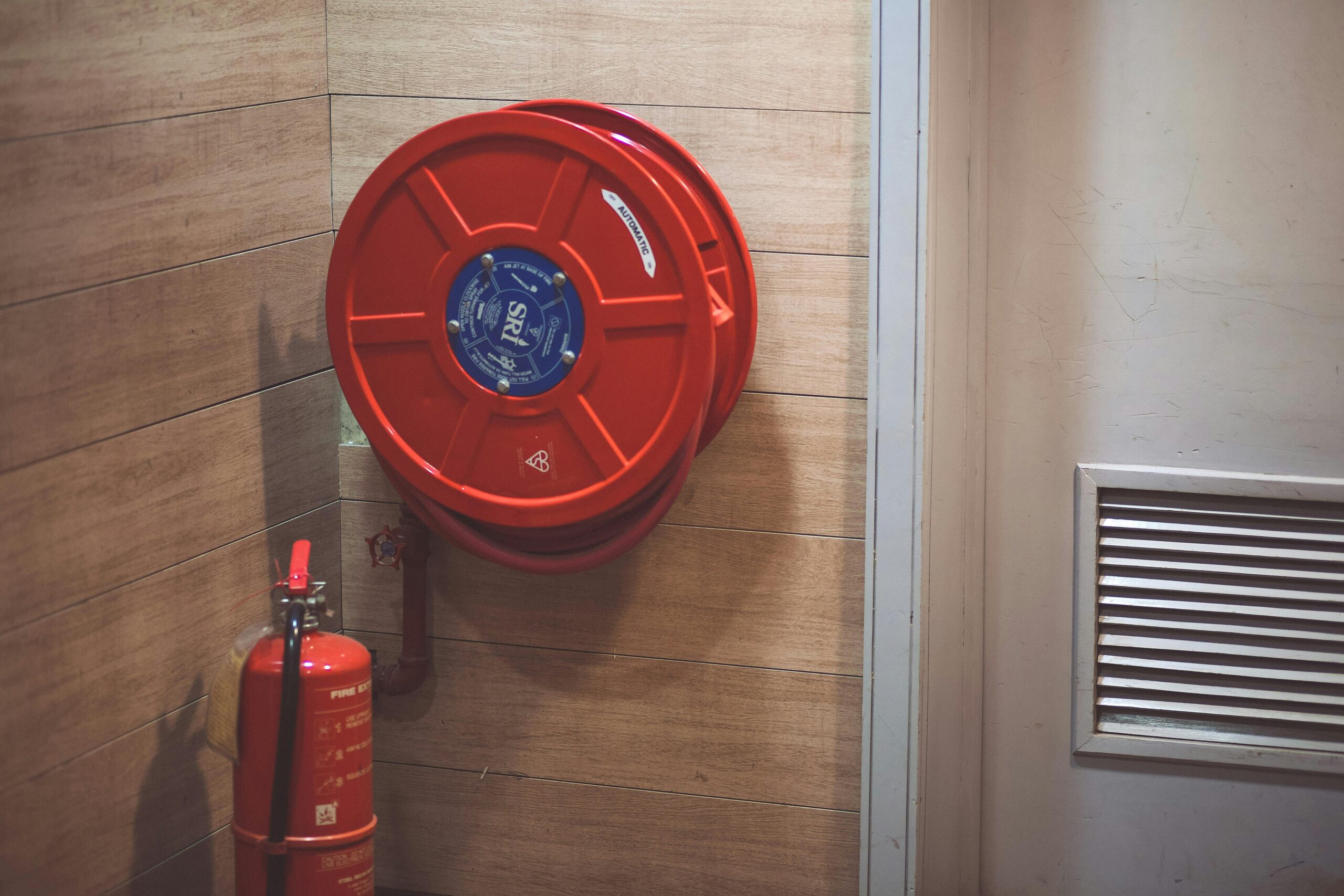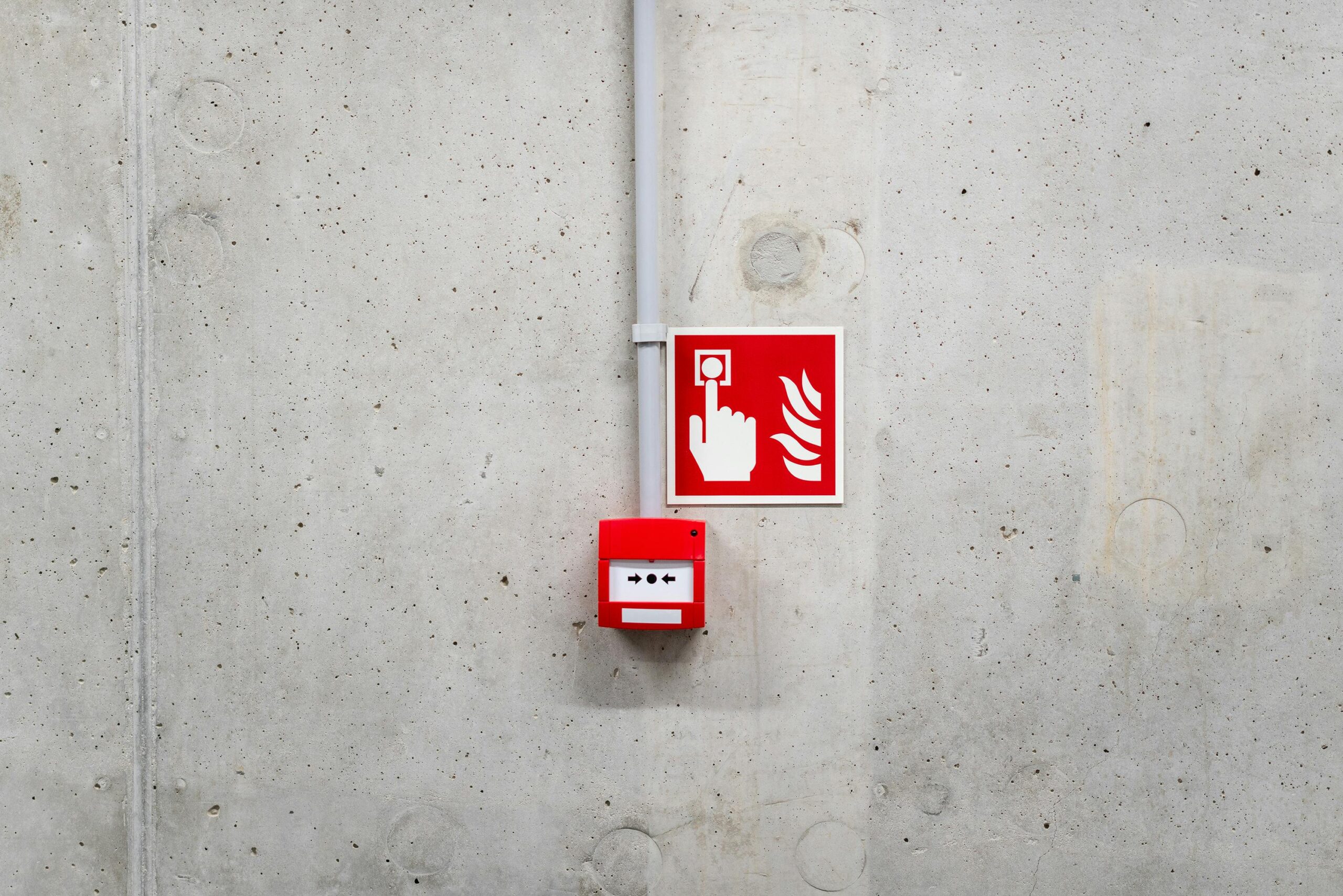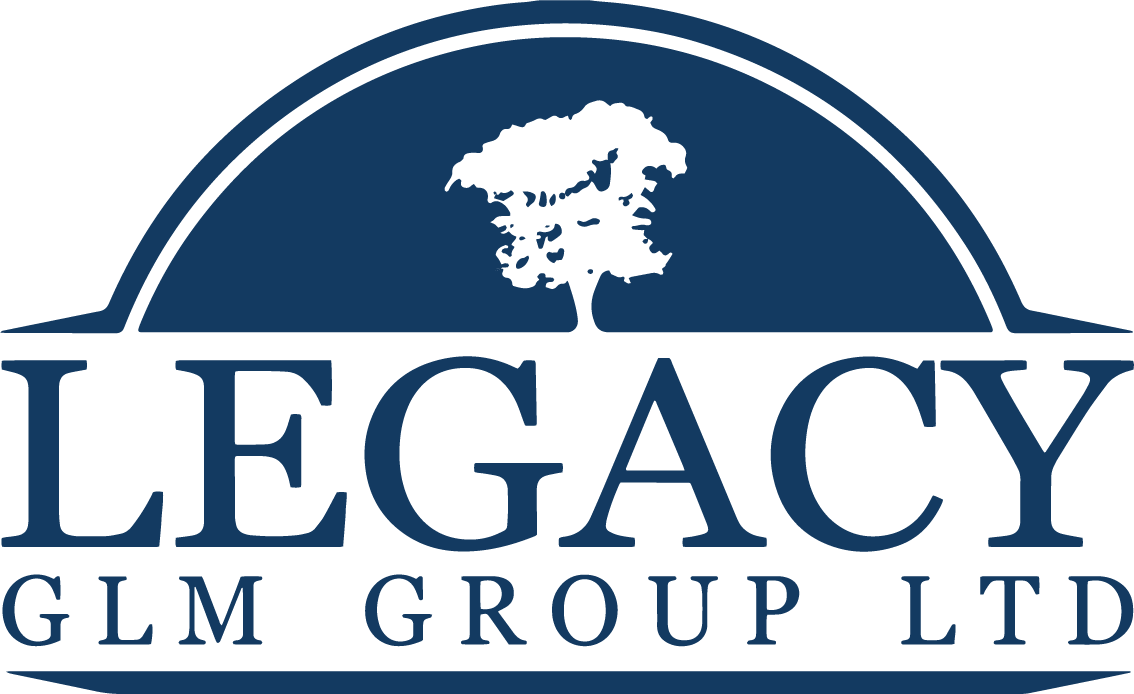
Staying on top of fire safety tasks can be challenging for busy property managers and business owners. With inspections, equipment checks, and code updates to track, it’s easy to miss something important. Commercial fire protection maintenance isn’t just about following rules – it helps protect people, property, and daily operations. Knowing what needs attention and when to schedule service can make the process more manageable. This article breaks down practical steps to help you stay organised and avoid last-minute issues. Whether you manage one building or several, a clear plan keeps systems working properly and reduces the risk of unexpected problems.
Schedule Regular Inspections
Routine checks play a key role in keeping fire safety systems working. These inspections help spot problems early. If ignored, small faults can turn into bigger risks. A licensed technician knows what to look for and how to test each device properly.
Sprinklers, alarms, extinguishers, and control panels all need review at set times. Each part must meet local codes and follow the rules set by safety agencies. A missed inspection could lead to fines or system failure when it matters most.
Certified experts use tools to check pressure levels, battery life, wiring connections, and water flow rates. They also confirm if sensors respond the way they should during an emergency test. These steps make sure every feature works as expected.
To stay ahead of problems, building managers should keep a detailed log of each visit. This record helps track what was fixed or changed over time. It also shows proof of care if regulators ask for it later.
Marking dates on a shared calendar supports team awareness across departments. Everyone involved will know when equipment needs checking again. Missed appointments can delay needed repairs or updates.
Setting up reminders through email or software reduces the chance of forgetting important tasks. Some service providers offer plans that include scheduled visits throughout the year.
Keeping up with commercial fire protection maintenance is not just about meeting legal duties – it’s about making sure systems do their job during real events. Preventive actions like regular reviews save money by avoiding damage later on.
When inspections happen often enough, there is less chance for hidden issues to cause trouble down the line. Equipment stays ready and reliable without guesswork or last-minute panic before audits or emergencies arise.
Test Fire Alarms and Sprinklers Frequently
Fire alarms and sprinkler systems must be checked on a regular basis. These devices play a key role in protecting people and property during emergencies. If they fail, the results can be serious. Testing helps confirm that each part of the system works as expected.
Start by scheduling routine checks for all alarms. Smoke detectors, heat sensors, and manual pull stations need to activate properly when triggered. If an alarm does not sound or sends no signal to the control panel, it should be repaired or replaced quickly.
Sprinkler systems also need regular inspections. Water pressure must stay at correct levels. Valves have to open when needed. Heads should not be blocked or damaged. A flow test can show whether water reaches all parts of the system fast enough during a fire.
Testing should follow local codes and national standards like those set by NFPA (National Fire Protection Association). Some areas require monthly alarm checks and yearly full sprinkler tests. Following these rules helps keep your building in line with safety laws.
Maintenance logs should record every test result, even if nothing is wrong. These records help prove compliance during audits or insurance reviews. They also make it easier to spot patterns if problems happen more than once.
Having trained staff or certified professionals handle these tasks is best practice. They know what to look for and how to fix issues without delay.
Frequent testing supports proper commercial fire protection maintenance by reducing risk and supporting response efforts during emergencies. It also gives peace of mind that systems will perform when needed most without delay or failure due to neglect or oversight.

Train Staff on Emergency Procedures
Teaching employees how to act during a fire helps reduce harm and damage. It also supports the systems already in place for safety. Knowing what to do during an emergency can limit confusion and delay. Every employee should understand their role when an alarm sounds.
Start by holding regular training sessions. Use simple steps to explain how to exit the building, use alarms, and help others if needed. Practice drills help make these actions familiar. Regular practice lowers panic and builds confidence in real situations.
Assign clear duties during emergencies. Some staff members can lead evacuation routes or check rooms before leaving. Others may assist people who need help moving quickly or safely. When each person has a task, responses become faster and more organised.
Make sure all workers know where exits, fire extinguishers, and alarms are located. Place signs that show escape paths clearly throughout the building. Keep these signs up-to-date so no one gets lost or confused when it matters most.
Update your training whenever changes happen in the workplace layout or team structure. If new equipment is added or walls move, review how this affects escape plans or procedures.
Include information about your specific fire protection tools as part of training sessions too. Explain what sprinklers do, how alarms function, and why regular checks matter for each device used at your site.
Effective education supports commercial fire protection maintenance by ensuring people respond well under pressure. Even with reliable systems installed, human action plays a key role once danger appears.
Employees who understand proper steps take action quicker than those left guessing what to do next. Keeping them aware of risks and ready for emergencies protects both lives and property without relying only on machines or alerts alone.
Training is not just about following rules; it builds habits that stay useful over time – especially when conditions change fast during real threats like fires inside commercial buildings.
Keep Detailed Maintenance Records
Tracking every inspection, test, and repair is a key part of managing any fire protection system. Without proper records, it becomes hard to know what has been done, when it was done, or who completed the task. Keeping these files helps confirm that your business is following required safety rules.
Each time a technician checks your fire alarms or sprinkler systems, write down the date and actions taken. Include names of workers involved and any parts replaced. These details create a timeline of service history that can be used to plan future tasks. Storing this information in one place – whether on paper or digitally – helps you find it quickly when needed.
If an inspector from a local agency visits your site, they may ask for proof that all systems have been kept up properly. Having logs ready shows that you’re meeting legal expectations. In some regions, failing to provide this proof can lead to fines or other penalties.
Records also help spot patterns over time. If one part keeps failing or needing repairs often, you can schedule earlier replacements before issues grow worse. This reduces downtime and lowers risk in the long run.
For commercial fire protection maintenance, storing accurate data ensures better planning across all locations if you’re managing more than one building. It also helps new staff understand past actions without guesswork.
Use file names with clear labels like “Fire Alarm Test – Sept 2025” so others can find them easily later on. Keep backup copies in case original files get lost or damaged.
By making record-keeping part of your routine, you support safety efforts while staying organized for audits and internal reviews alike.
Partner with Certified Fire Protection Professionals
Working with licensed experts helps ensure your system meets required safety codes. These professionals understand current regulations and follow official procedures during inspections, testing, and repairs. They know what needs to be done and when, so you don’t need to guess or rely on outdated information.
Certified technicians keep track of changes in fire safety rules. This means they adjust your system as needed based on new laws or guidelines. Without their help, it’s easy to miss updates that could affect how your setup performs during an emergency.
Hiring trained personnel also helps avoid mistakes. If someone without proper training handles the job, they might overlook key problems or use the wrong methods. Certified teams use approved tools and follow clear steps for every task – whether checking alarms, inspecting sprinklers, or cleaning equipment.
Regular service by qualified workers makes commercial fire protection maintenance more reliable. These experts create reports after each visit so you have records for audits or insurance reviews. Proper documentation shows that your business takes safety seriously and follows legal expectations.
Contracting skilled providers can also save time over the long run. Instead of reacting to failures or last-minute repairs, you get ahead by planning routine checks and updates with people who know what they’re doing from day one.
Using certified services lowers risk across the board – from missed inspections to faulty setups that don’t meet code requirements. It’s a way to make sure all parts of your system stay ready without adding extra stress to daily operations.
Letting trusted professionals handle this area allows business owners and managers to focus on other tasks while staying compliant with all required standards.

Stay Consistent with Commercial Fire Protection Maintenance
Following a regular schedule for inspections and repairs helps prevent larger problems later. Skipping checks or delaying service can lead to system breakdowns when safety matters most. A steady routine ensures that each part of the fire protection system works as expected.
Start by setting up a clear calendar for all required tasks. This should include testing alarms, checking sprinklers, and inspecting extinguishers. Mark dates for weekly, monthly, and yearly reviews. Use reminders or software tools to stay on track. Assign staff members to oversee these steps so nothing is missed.
Reliable performance depends on staying ahead of wear and damage. Over time, parts can become blocked or stop working properly. Dust, rust, or leaks may go unnoticed without regular attention. Repairs cost more when issues grow over time. Routine care keeps costs low and systems ready.
Building codes often require specific timelines for maintenance tasks. Failing to meet those rules could result in fines or legal problems later on. Keeping records of every check shows proof that your company follows safety laws.
Vendors who install fire protection systems usually offer service plans that cover ongoing support. These contracts often include scheduled visits from trained workers who know what to look for during each inspection.
Team members should also be aware of how the equipment functions day-to-day so they can report any changes quickly. If something seems off – like flashing lights or strange sounds – it’s easier to fix early if someone notices right away.
Commercial fire protection maintenance done consistently builds trust in the system’s ability to respond during emergencies. Regular upkeep lowers the chance of failure at a moment when people rely on it most.
Prioritising Safety Through Proactive Fire Protection
Maintaining a safe commercial environment requires more than just installing fire safety systems—it demands ongoing attention and proactive care. By scheduling regular inspections, testing alarms and sprinklers, training staff, keeping detailed records, and working with certified professionals, businesses can ensure their fire protection measures remain effective. Staying consistent with commercial fire protection maintenance not only helps meet legal requirements but also safeguards lives, property, and operations. Making fire safety a routine priority empowers organisations to respond swiftly in emergencies and reduces the risk of costly damages. Consistent maintenance is the key to long-term safety and peace of mind.



